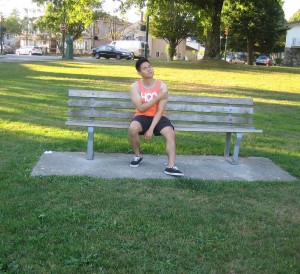Chickenpox is a common ailment triggered by the varicella zoster virus. Most often acquire the virus as young children. A child with the condition can easily spread the virus to other children. Almost all children acquire the condition but only a few ends up with any serious issues.
Once a child had chickenpox, he/she will not acquire it again from another individual. Adults who acquire the condition can become very sick, thus it is better to have the ailment as a child.

Children can acquire chickenpox at any age. Once exposed, the child might appear fine for 1-3 weeks before becoming sick. Children can spread the virus starting one day before showing indications of the ailment up to 5 days after the skin rash arises.
The virus can spread in the following ways:
- Being exposed to an individual with chickenpox
- Inhaling air from an infected person who coughs or sneezes
- Contact with fluids from the eyes, nose or mouth of an infected individual
What are the indications?
The indications of chickenpox are easy to pinpoint. Once the skin is assessed, the doctor will know if the child has chickenpox.
The indications of the condition generally arise in the following sequence:
- Fever, tiredness and headache
- Abdominal pain that lasts for 1-2 days
- Skin rash that is extremely itchy and appears with several small-sized blisters
- Bumps that are filled with liquid that appears the same as milky water
- Scabs forms as the blisters break
- Skin appears blotchy while the spots fade away
Management of chickenpox
It is vital to ensure that the child gets enough rest and fluids. Remember that chickenpox settles on its own within 1-2 weeks. You can help the child cope with the symptoms with the following:
- Apply a cool, damp towel on the rashes
- Try to keep the child cool
- Instruct the child not to scratch. Make sure that the fingernails are trimmed.
- Apply a lotion that contains antihistamine on the rash.
- Provide the child with an over-the-counter oral form of antihistamine such as Benadryl
- Provide the child with a daily shower or bath
